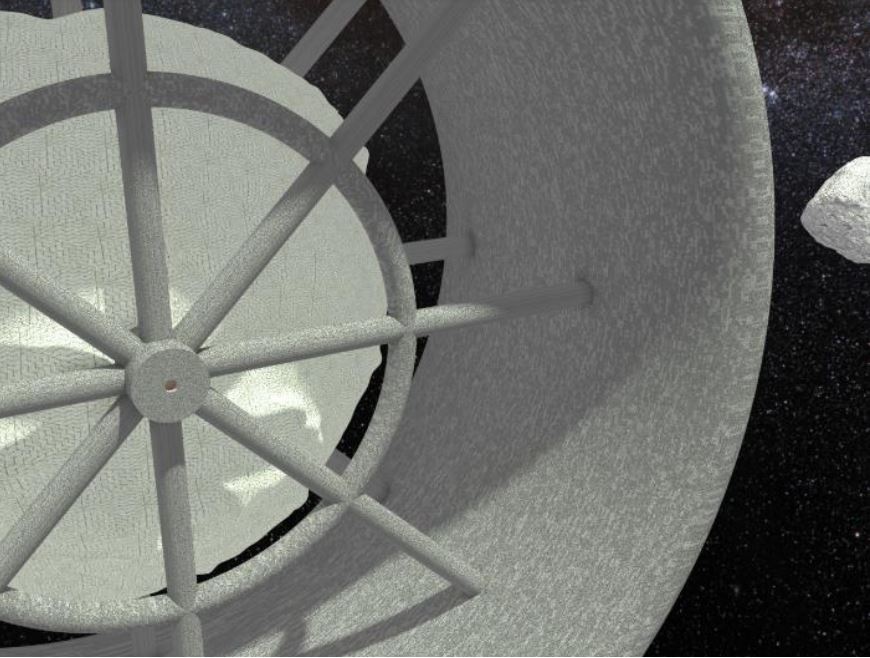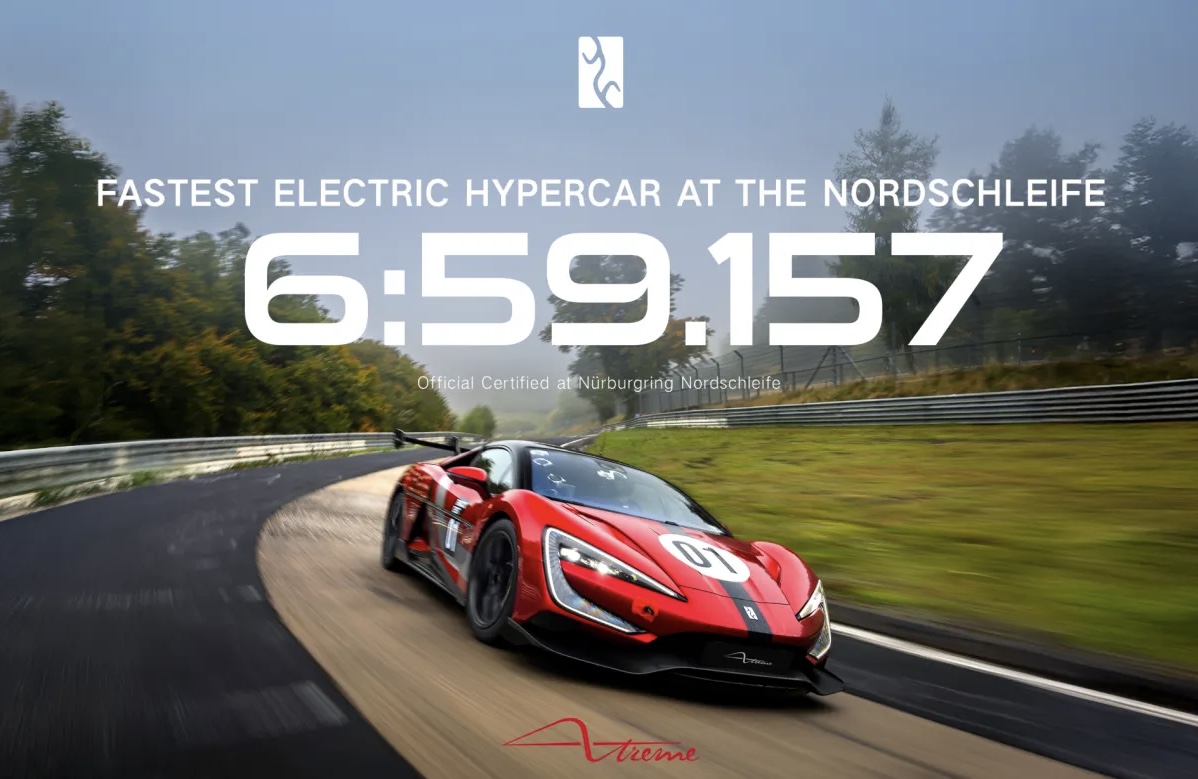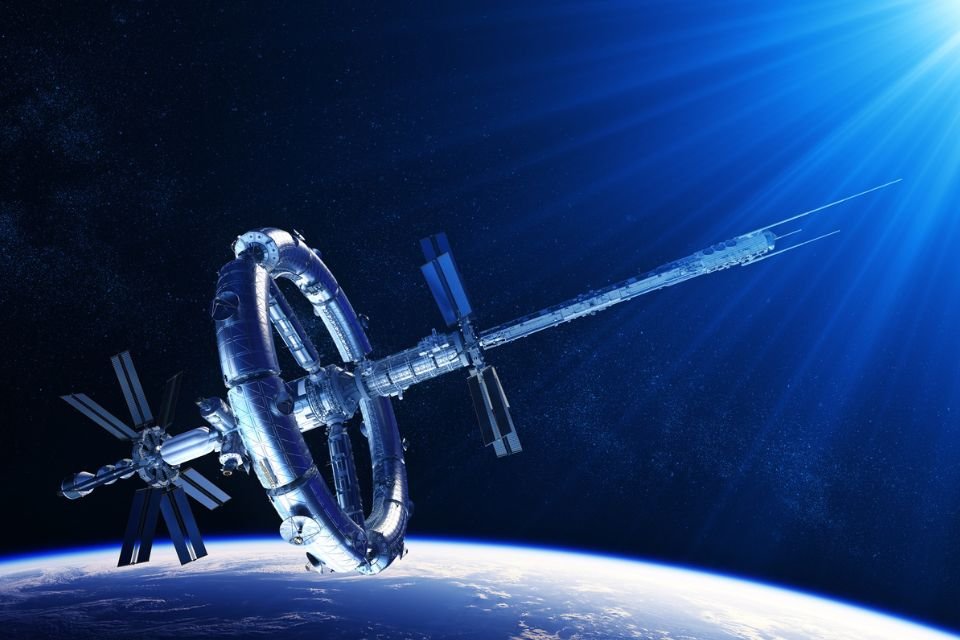According to an article published in the prepress magazine ArXiv, An asteroid could be used to create a space station for human crews. The new work was presented by David W. Jensen, a retired former technician from multinational Rockwell Collins, who proposed an inexpensive and relatively simple plan for developing a space station from a large solid cosmic rock.
In a 65-page report, Jensen describes a way to turn an asteroid into a rotating space habitat. He examined what would be the best option to build the space station; an Atira asteroid seems best suited for the missionbecause it has a bear of its own and is about 3 miles in diameter.
The scientist estimates that construction could be completed in less than 12 years, not counting the time required to supply the station with potable water. In total, the article explains that the project will cost US$4.1 billion (about R$19.9 billion at current prices), much less than the US$150 billion NASA spent to build the International Space Station (ISS). – The US agency also spends $4 billion a year on ISS maintenance.
“Asteroid reconfiguration uses robotics, self-replication, and mechanical automata to reconfigure an asteroid into a large autonomously rotating space station. The rebuilding process creates structures from asteroid oxide materials; uses generative self-replication to make replicators, utilities, and products; and building a multi-story station to support a large population,” explains Jensen at the beginning of the article.
Asteroid and space station?
In the article, Jensen divided the theory into different phases, from the choice of the asteroid to the type of station to be built, to the method of fully autonomous construction, among other features. For example, He says the best solution would be to send “self-replicating spider robots” to build the station, starting from a seed pod with just four robots.
The scientist explains that it will be necessary to send some advanced equipment, but everything else will be used from materials found on the asteroid itself. That is, he points out that it will be possible to build the entire structure of the space station through ‘riches’ in cosmic rock.

“Many researchers identify high launch costs, hostile space environment, and lack of gravity as the main obstacles hindering the development of space stations. Single probe is geared towards high launch cost. Autonomous construction eliminates hostile space environment for construction teams. Completed rotary station, first work crews. and provides protection for settlers against radiation and centripetal gravity,” the article concludes.
Anyway, it’s important to note that Jensen is not a well-known scientist in this field; including some experts suggest that a task of this size would be much more complex than the paper suggests.
Do you have any question? Tell us about our social networks and take the opportunity to share the article with your friends!
Source: Tec Mundo
I’m Blaine Morgan, an experienced journalist and writer with over 8 years of experience in the tech industry. My expertise lies in writing about technology news and trends, covering everything from cutting-edge gadgets to emerging software developments. I’ve written for several leading publications including Gadget Onus where I am an author.













